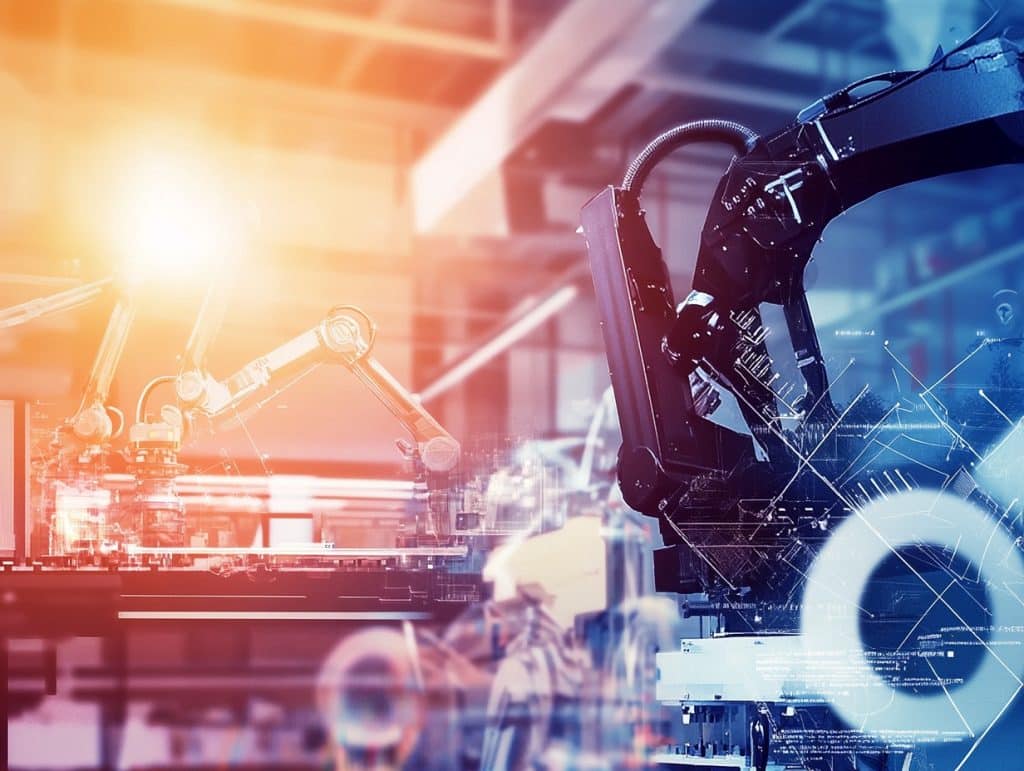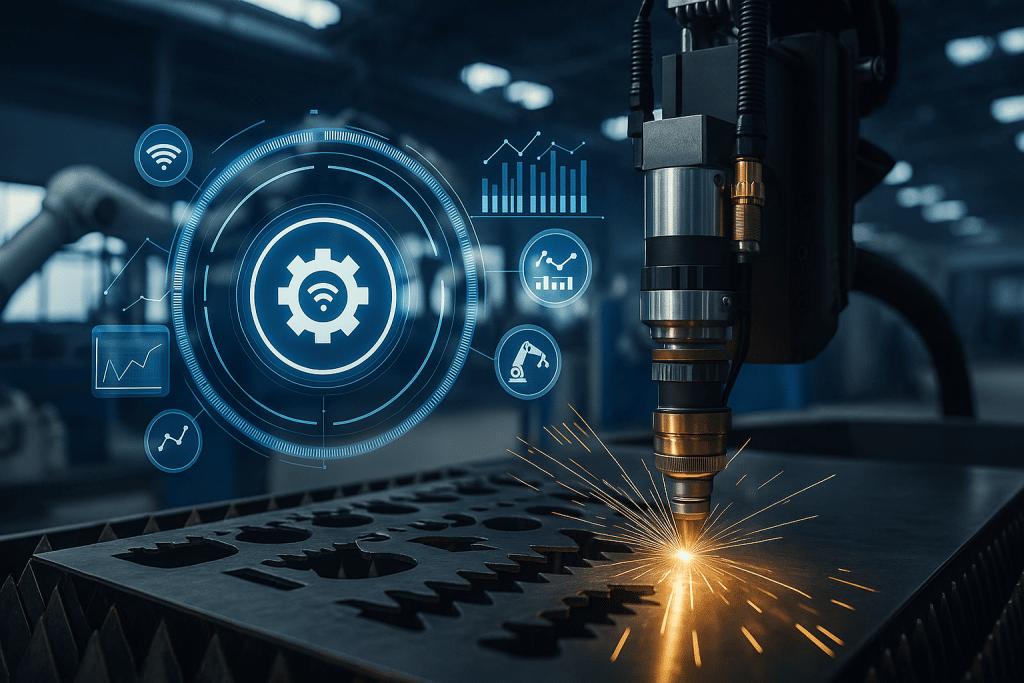
Smart manufacturing is transforming factories across Australia and the globe. By combining automation, robotics, and digital technology, modern manufacturing is becoming faster, safer, and more efficient. This new era—often called “Industry 4.0”—is all about making factories smarter and more connected, helping manufacturers stay competitive in a rapidly changing world.
Smart manufacturing uses advanced technologies like artificial intelligence (AI), machine learning, and the Industrial Internet of Things (IIoT) to connect machines, sensors, and people. These systems collect and analyse real-time data, allowing manufacturers to make better decisions, spot problems early, and reduce waste.

At Emery Laser we integrate smart software solutions with the latest fabrication technologies, to ensure our operations are efficient, transparent, and adaptable to changing industry demands. This commitment to digital transformation and continuous improvement not only streamlines our own processes, but also means our clients benefit from faster turnaround times, higher quality, and greater flexibility. As smart manufacturing continues to evolve, Emery Laser remains at the forefront—proving that innovation is at the heart of everything we do.
ArcherPoint. (2025). The 7 Top Smart Manufacturing Trends to Watch in 2025.
Deloitte. (2025). 2025 Smart Manufacturing and Operations Survey.
Rockwell Automation. (2025). 8 Key Industrial Automation Trends in 2025.
Odoo. (2025). Manufacturing Features.
IIoT World. (2025). The Rise of Industrial AI: Automation Trends to Watch in 2025.